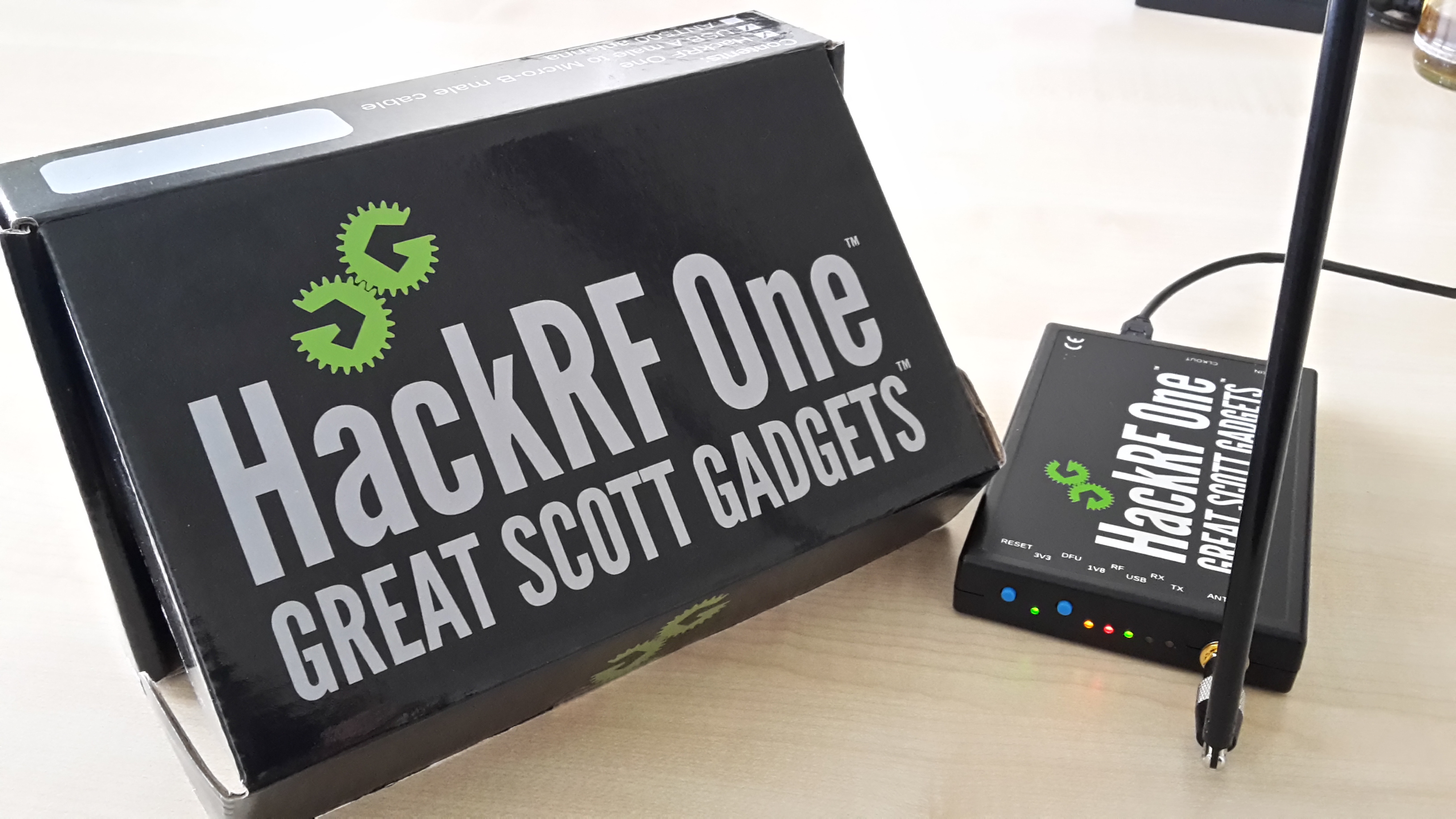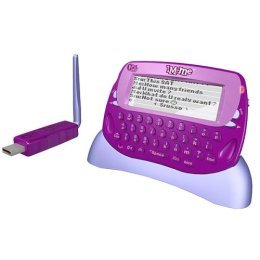Hello fellow frequency hoppers,
once again, we welcomed Michael Ossmann at the ERNW headquarters for fun with SDR. This time with Mike´s advanced SDR workshop. And to be up front about it…it was plain awesome. For everybody who is not familiar with Software Defined Radio (SDR): Let’s regard it as the ultimate tool when working with radio signals. Take a look a this to learn more.
Mike showed us the new revision of his HackRF One and explained us some more advanced techniques when it comes to Radio Frequnecies hacking. Compared to last time, the workshop focused on reversing signals and how to synthesize them. So this time we were crafting RF packets ourselves instead of just replaying a capture. This introduces different attack types which can be carried out over the air for example bruteforcing or fuzzing of radio devices.

HackRF One
We thought about some devices that would be worth taking a look at because you probably dont want to start reversing your car`s remote key.So we ended up analyzing “simpler” devices for training purposes and decided to mess around with a Shutter remote control and an Instant Messaging device.
The remote shutter control operates the shutter of a DSRL so you can take pictures without holding the camera in your hands. So a user could focus the cam and take pictures. An attacker on the other hand could take pictures when the camera is not supposed to or simply jam the reciever to prevent from pictures being taken. This was quite easy and worked very well, so we went on to other interesting devices…
Mike brought a modified version of the IM-Me (Instant Messenging device for children). We tried to record and analyze its signals to be able to spoof messages and run arbitrary shell commands on a remote system that has installed a special “IM-Me” Server application based on previous research. Our goal was to synthesize commands which are sent to the device e.g “ls”. The first step in doing this is to capture a clean signal and filter it properly to be able to demodulate the signal into binary data to process it further. Mike explaind pretty handy tricks to accomplish these tasks on which we will talk about in further posts, so stay tuned.

If yo are interested in the IM-me take a look at this and this to learn more.
So THANKS a lot Mike. It once again has been quite interesting to see
where RF testing is heading and how much more is to be learned on this field.
So long,
Wojtek & Brian